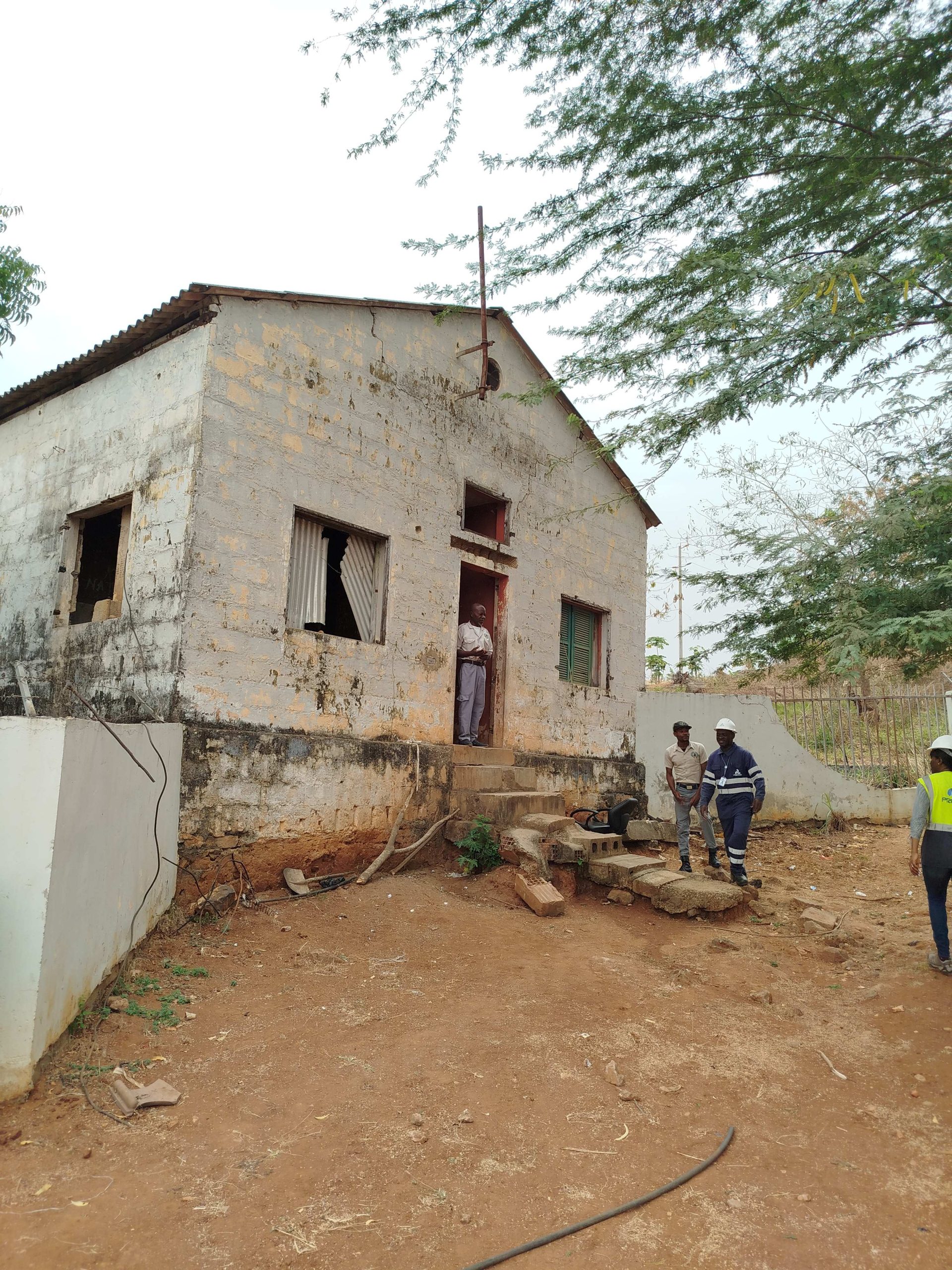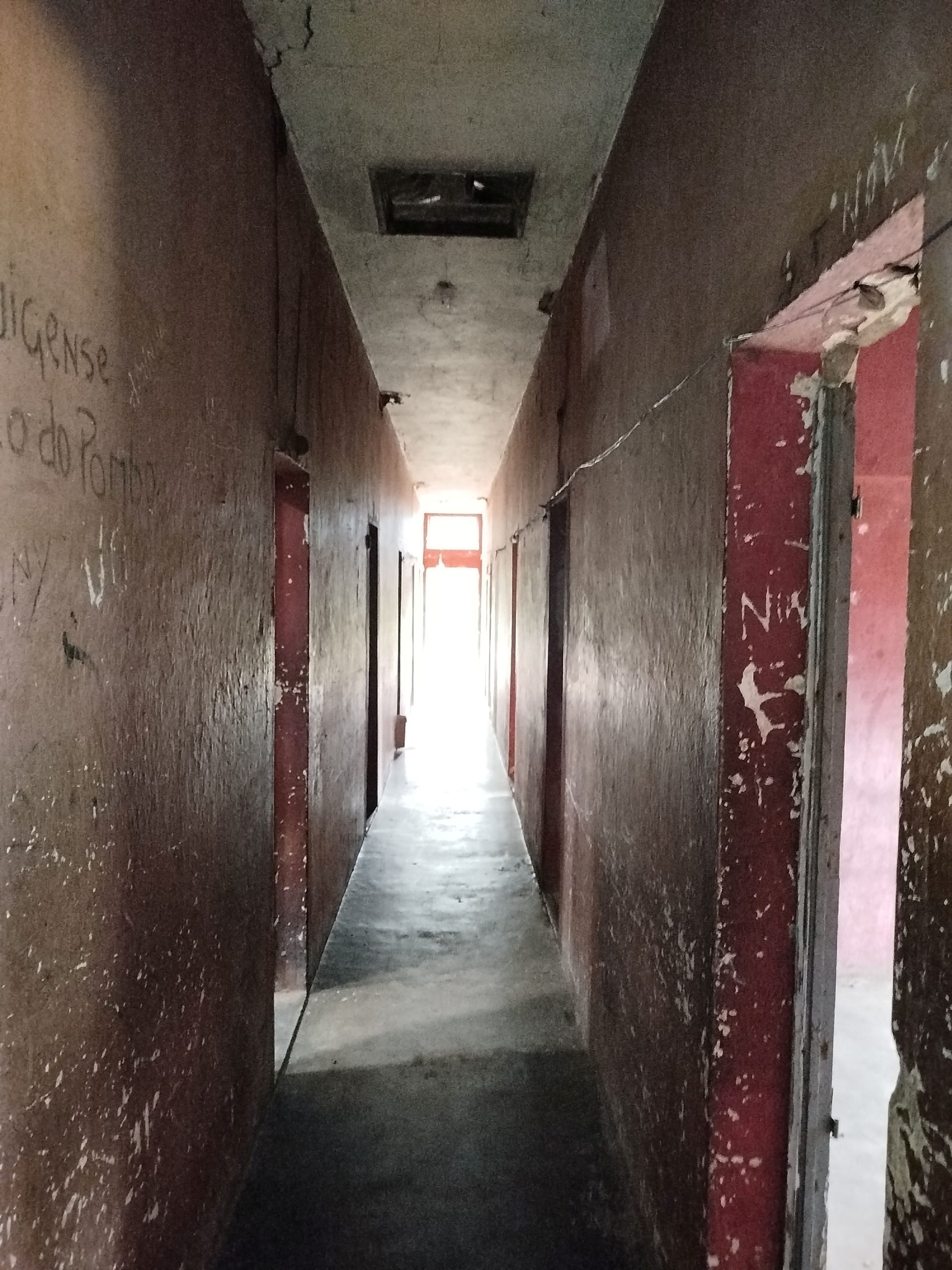Communication
Beyond family. How to house highly skilled European male workers in colonial Angola in the aftermath of the Second World War
Event: Research Seminar ‘Housing for Single People’ (online)
Authors: Ana Vaz Milheiro, Filipa Fiúza
Date: 21 March 2025


Summary
In colonial Angola, in the aftermath of the Second World War, the housing of male celibates began to be questioned as a matter of planning, a “zoning” exercise. Where to put these men, newly arrived from the metropolis, uprooted from their families and at high risk of “cafrealization”? In the capital Luanda, only 20% of European descendants were integrated into their families. The majority were civil servants and commercial workers, making up a middle-income social class that required a residential solution. Only healthy, hygienic and structured housing could pacify these urban dwellers. Meanwhile, pragmatic proposals emerged for migrant peasants, consolidated as schematic solutions: bedroom, kitchen, storeroom and sanitary facilities. With no aesthetic counterparts, they reduced the entire architectural apparatus to hygienic conditions. The Colonial Public Works agencies, through professionals trained in design for sub-Saharan regions, systematized identical solutions, where aligned batteries of shared rooms and services by galleries guaranteed the minimum for a collective housing experience. The speculative and essayistic nature of these visions contrasted with their implementation on the ground. In Angola, accommodation for celibates was essentially a problem associated with highly skilled and expert labour for displaced workers on construction sites or natural resource exploitation companies. Through administrative and photographic documentation, as well as field missions, this article aims to understand the impact of bachelor houses on the debate about colonial housing. What balance did they propose between an efficient response in terms of housing and the promotion of a sociability that would “protect” these settlers from the “anxieties” and dangers of colonial life? What communities were built from these residential configurations? Projects such as the residential blocks created during the construction of the Mabubas Dam or the Jamba complex, operated by the Lobito Mining Company, will serve as a framework.
Related Case Studies

